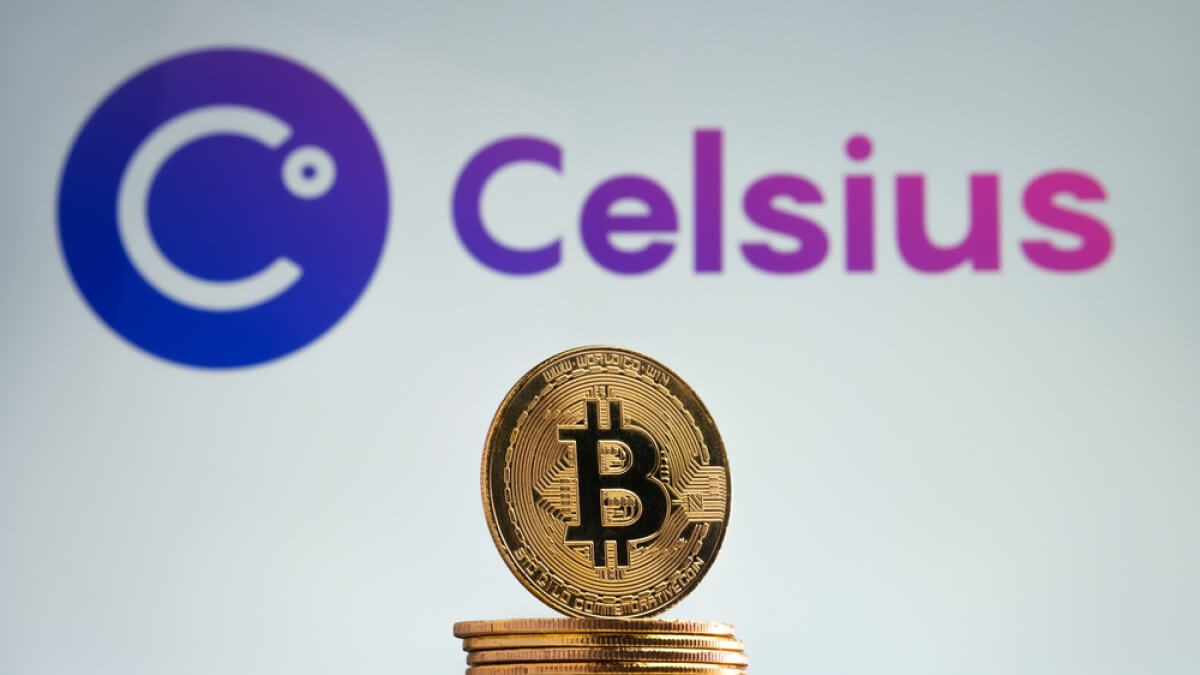According to a report by an independent U.S. court-appointed examiner, Celsius utilized consumer deposits to support the CEL token and financially benefit two of the company’s founders.
Retired prosecutor Shoba Pillay conducted an investigation into claims that the failed cryptocurrency lending company worked like a Ponzi scheme. Insiders “benefited the most” from timely cash outs, according to her discovery of evidence of shady dealings, which included CEL “buying sprees” to raise the token price.
On June 12, 2022, Celsius halted withdrawals in response to bankruptcy reports citing “severe market conditions.” At the time, the company said this was required to “stabilize liquidity and operations,” which led to more rumors that things weren’t as bad as they seemed.
On July 13, 2022, Celsius filed for bankruptcy, revealing a roughly $1.2 billion hole in its balance sheet. The corporation has $4.3 billion in assets as of July 13, 2022, and $5.5 billion in total liabilities. In contrast to institutional partners, Celsius claims it owes consumer users more than $4.7 billion.
Since then, a number of accusations of impropriety have been made against the corporation and its executives, including co-founder and CEO Alex Mashinsky.
For instance, former Celsius Compliance Director Timothy Cradle raised red flags about senior officials considering intentional price manipulation of the CEL token back in July 2022.
“I don’t know what better way to phrase it. However, they were present, engaged in aggressive trading, and driving up the cost of the token.”
Celsius mislead investors
According to Pillay’s assessment, Celsius’s business strategy was to collect deposits from retail customers and use the funds to invest in the “wholesale market.” The sale of CEL tokens helped the company finance some of its operations.
CEL was a crucial component of the company’s operations since it would purchase its own token on the secondary market and provide it to platform users as a reward.
This was done for two reasons: first, to encourage new business, and second, to increase demand and push up the price of CEL. A self-sustaining “flywheel” was used to define this business strategy.
Pillay affirmed that starting in 2020, the business aggressively bought its own token to raise CEL even higher. While omitting to mention that this was the main factor driving the CEL token’s increase, Celsius had spent $558 million purchasing its token.
“The firm Celsius really operated did not follow the business model Celsius advertised and offered to its clients.”
However, this ultimately resulted in Celsius paying out more money than it took in, disproving the “flywheel” economic model of the company.
Mashinsky personally benefited by at least $68.7 million from cashing out CEL tokens between 2018 and the bankruptcy filing date. Daniel Leon, another co-founder, received at least $9.7 million simultaneously.





